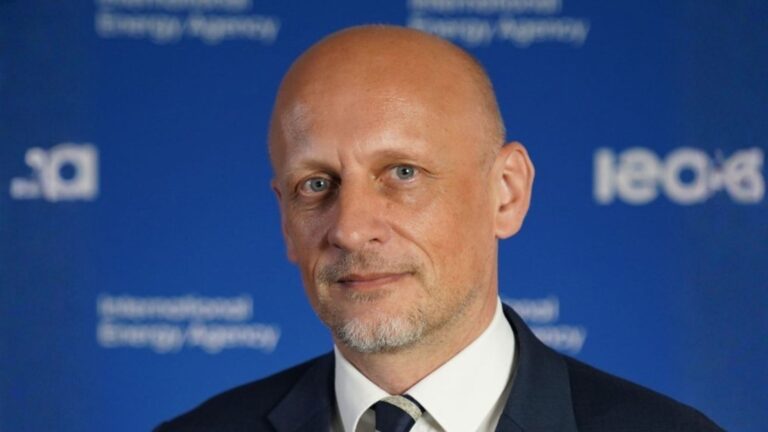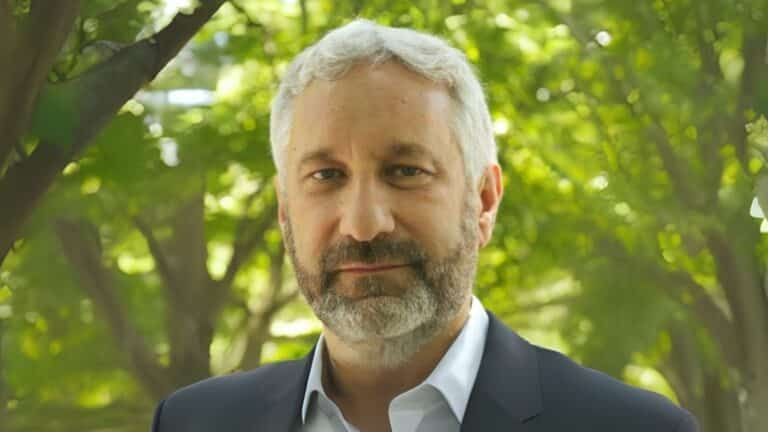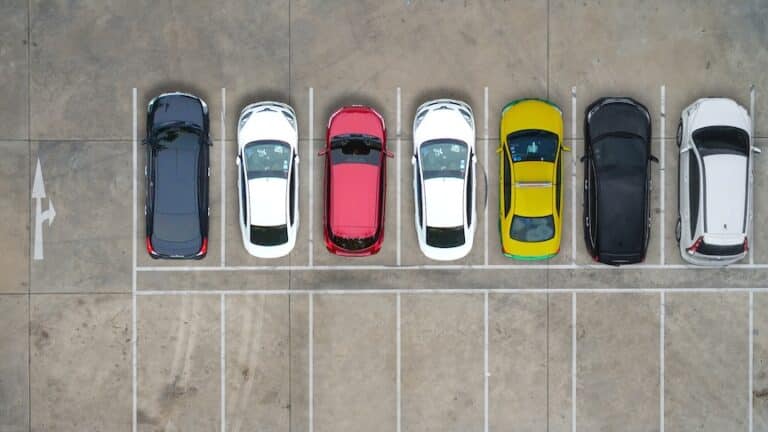This website uses cookies as well as similar tools and technologies to understand visitors’ experiences. By continuing to use this website, you consent to Columbia University’s usage of cookies and similar technologies, in accordance with the Columbia University Website Cookie Notice.
Dr. Emily Reichert – Supporting Clean Energy Innovation
Innovation has resulted in remarkable advances in clean energy technology with solar and wind energy systems becoming increasingly competitive in the U.S. And more breakthroughs are in the pipeline, as ambitious scientists, engineers and entrepreneurs make headway on products and services that will change the way we produce, use and save energy.
But getting a good head start on innovation is challenging for pioneers, who often lack the execution capacity to design, build and test their inventions on their own. That’s where institutions like Greentown Labs can play a big role.
On this edition of Columbia Energy Exchange, host Bill Loveless visits Greentown Labs in Somerville, MA, and meets with its CEO, Dr. Emily Reichert, to talk about the outlook for clean technology in the U.S. and what programs like hers can do to help entrepreneurs get off the ground. They discuss the pace and scale of clean energy innovation today as well as the investment climate for clean tech and some government programs that aim to help stimulate breakthroughs.
Greentown Labs bills itself as the largest clean tech incubator in the U.S., with 100,000 square feet of space and more than 70 startup companies housed in a renovated century-old industrial complex just outside Boston. There, budding companies are building prototypes, developing business plans and taking other steps necessary for commercial success. Areas of focus among the companies include energy generation, distribution and storage; energy-efficient buildings; transportation, agriculture and robotics.
More Episodes
In a Charged Environment, FERC Faces Demands for Energy
The Federal Energy Regulatory Commission (FERC) regulates the United States’ energy transmission, pipeline networks, and wholesale rates for electricity. For much of its history, FERC was a little-known...

World Energy Outlook 2025: Navigating Divergent Futures
Around the globe, and here in the United States, energy markets face huge uncertainties. They include everything from rising geopolitical tensions to a wave of new liquefied natural...

Building Energy Policy on Evidence
Elected officials face huge challenges when it comes to energy policymaking. They have very little time to learn complicated, nuanced issues. They're bombarded by information — some of...

A Changing Atmosphere at the Upcoming UN Climate Summit
The ten years since the Paris Agreement was signed at the UN Climate Change Conference, COP 21, have been the ten hottest years on record. And the outcome...

Relevant
Publications
America’s Toothless Sanctions on Russian Oil
Last month, the Trump administration imposed fresh sanctions on Russia’s two largest oil companies, Rosneft and Lukoil, signaling a renewed desire to drive Moscow to the negotiating table in its war against Ukraine. But although these measures have the potential to harm the Russian economy, just how much damage they inflict will depend largely on one actor: Beijing. China bought almost half the oil Russia exported in 2024, evading Washington’s existing restrictions in the process. And new sanctions alone will do little to push China into significantly reducing its purchases.

What the Global Electric Vehicle Market Signals for US Automakers and Policymakers

Opinion: Time for CT to rethink its climate strategy
Connecticut needs an honest debate, and fresh thinking, to shape a climate strategy fit for today, not 2022.

How to Win the Economic War with China
President Donald Trump’s impulsive, go-it-alone approach is uniquely ill-suited to the long-term and cross-cutting nature of the challenge that China poses.


